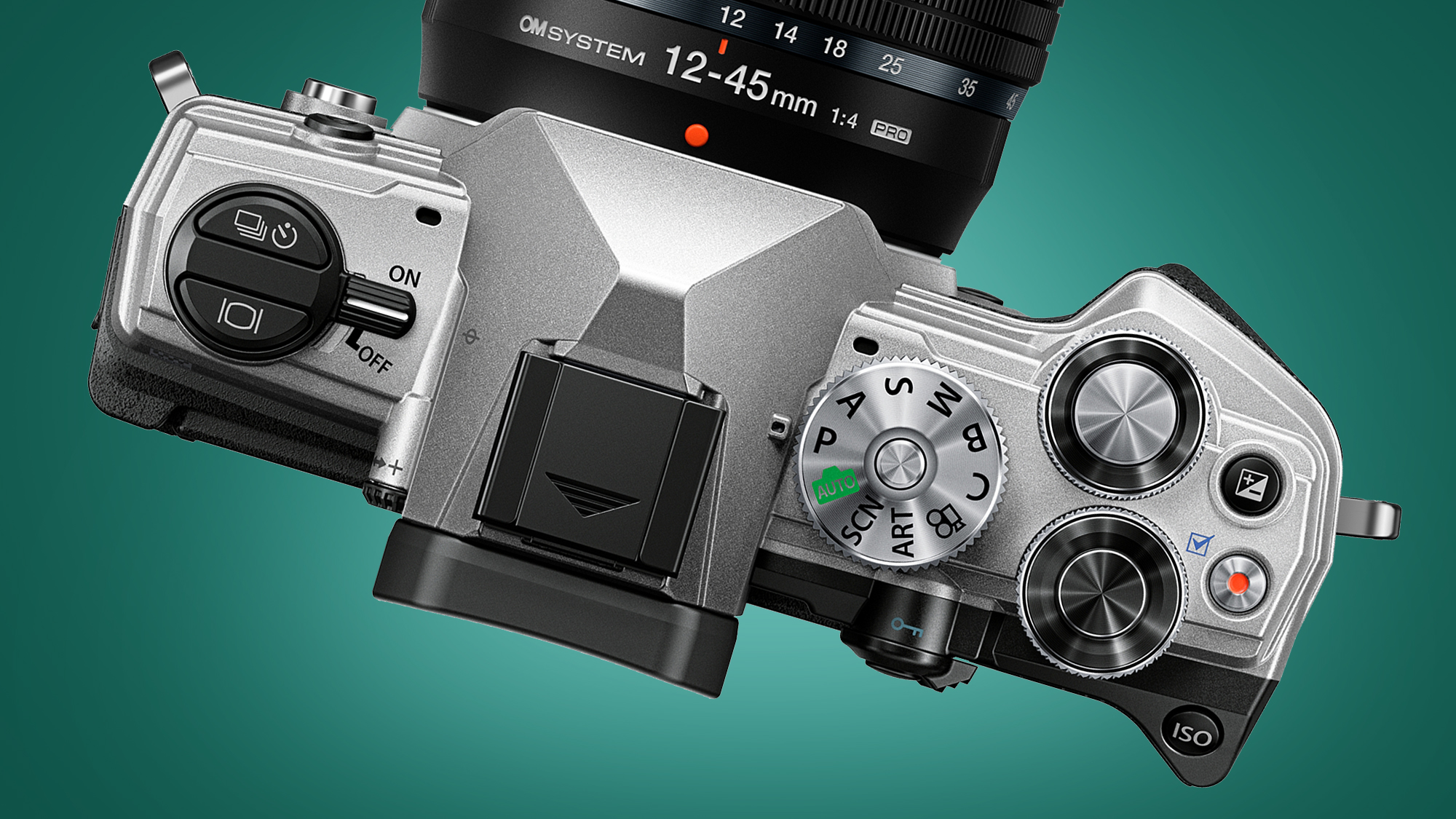If you've been looking for a travel camera to accompany you on some post-pandemic adventures, the new OM System OM-5 is one of the best options available – and it's a big upgrade on your smartphone, too.
The Micro Four Thirds camera is an upgraded version of the Olympus OM-D E-M5 Mark III from 2019. We considered that camera to be one of the best travel cameras around thanks to its combination of a compact body, impressive in-body stabilization and wide range of lightweight lenses.
The OM System OM-5, which carries a different name following Olympus' decision to sell its imaging division in 2020, doesn't meddle with that formula, instead delivering a host of improvements that have echoes of the new company's OM System OM-1 flagship.
These include IP53-rated weatherproofing, which is an official standard that few mirrorless cameras match. That rating means that while it's still possible for dust to enter the camera, it won't damage it. The '3' in IP53 also means the OM-5 is protected against sprays of water, even if it can't be considered fully waterproof.
Another improvement on the E-M5 Mark III is the OM-5's in-body image stabilization. Our review considered its predecessor to be "class-leading" in that regard, but the OM-5 delivers an extra stop of stabilization taking it to 6.5 stops (or 7.5 stops with compatible lenses). In other words, you can get slower shutter speeds when shooting handheld to keep your ISO sensitivity down, reducing the need for tripods.


The main reason why the OM-5 is almost half the price of the OM-1 is down to its older sensor and Truepic IX processor. In contrast to the OM-1's new 'stacked' sensor, the OM-5 has the same 20.4MP Four Thirds chip as the one found in the E-M5 Mark III. This means the OM-5's burst shooting speeds (10fps with AF tracking) and autofocus are inferior to the OM-1, but still an improvement on its predecessor.
The OM-5 also has some significantly boosted computational photography modes compared to the E-M5 Mark III. Useful modes like LiveND, which slows down your shutter speed to let you create long exposures without filters, and Starry Sky AF for astrophotography, were previously reserved for its flagship E-M1 line. They both appear on the OM-5, alongside Handheld High Res Shot mode for boosting the resolution to 50MP when you're shooting static scenes.
These modes are great for photographers, but filmmakers might find the OM-5's video a little more limited. The only changes from the E-M5 are the inclusion of a vertical video option, a flat OM-Log400 profile for color graders, and unlimited record time. You're still capped to 4K/30p and it isn't yet clear how well the OM-5's autofocus works in video mode, despite improvements to its Face/Eye detection.
Still, overall the OM System OM-5 is shaping up to be a fun, take-anywhere camera and one of the best cameras for beginners. You'll be able to buy it from late November for $1199 / £1,199 / AU$1,899 for the body only, or $1,599 / £1,499 / AU$2,499 with the 12-45mm f/4.0 Pro kit lens. In the UK and Australia, there'll also be a kit lens bundle with the 14-150mm f/4.0-5.6 II lens for £1,499 / AU$2,399.
Analysis: Better than your smartphone?

These days, the OM System OM-5's competitors are as much smartphones as they are traditional rivals like the Canon EOS R10, Fujifilm X-S10 and Nikon Z fc. Is it really worth spending the price of a flagship smartphone again on a separate camera, when the Google Pixel 7 Pro and Samsung Galaxy S22 Ultra are already so good?
If you prize image quality, versatility and creative control, then the answer is still definitely yes. The OM-5 still has a much larger Four Thirds sensor than any smartphone, but it also crucially offers the lenses to help you get shots that simply aren't possible on phones.
For example, pair the OM-5 with a 40-150mm f/4 Pro lens and you have an 80-300mm equivalent setup that'd be ideal for travel and wildlife, while also being lightweight with IP53-rated weatherproofing. Because OM System has inherited Olympus' computational modes, you can also have fun with long exposures or astrophotography without needing any other accessories.
In this sense, the OM-5 could occupy a tempting sweet spot between the fun of smartphone shooting and its larger, more 'serious' cameras like its rivals from Canon, Nikon, Sony and Fujifilm. On the other hand, if you're not always traveling and want a camera that's more of an all-rounder for stills and video, then the Canon EOS R10's impressive autofocus could perhaps give it the edge.
Look out for our full verdict on the OM System OM-5, and how it compares to its more pro-focused OM System OM-1 sibling, very soon.
from TechRadar - All the latest technology news https://ift.tt/HMWweRc